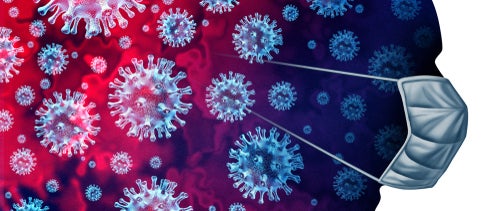
Concept: Researchers from the Viterbi School of Engineering at the University of Southern California have created a new AI-powered program to counter mutations of the COVID-19 pathogen. The AI model accelerates the process of identifying potential vaccine candidates, along with finding the best preventative medical therapies.
Nature of Disruption: To fight novel coronavirus existing process requires laboratories to develop pathogens, which deactivate the virus and inject it into individuals. The approach is time-consuming and has a high risk of the virus being mutated meanwhile. Scientists used 600,000 known epitomes from 3,600 different species databases from the Virus Pathogen Resource, the Immune Epitope Database (IEDB) and the National Center for Biotechnical Information. The AI-assisted method utilizes only B-cell and T-cell epitopes to generate potential vaccine candidates. It can give accurate predictions with over 700,000 different proteins if provided more healthcare databases. The AI model removed 95% of the elements, indicating properties to treat COVID-19 when applied to SARS-COV-2 and highlighted the best choices. It selected 26 possible vaccines that could combat this deadly virus, out of which researchers identified 11 to create a multi-epitope vaccine to target the viral spike proteins responsible for replication. The study reports that with over 700,000 different proteins in the dataset, the system will perform precise predictions.
Outlook: The UK and South Africa have reported a new strain of COVID-19, spreading at an alarming rate, questioning the effectiveness of the existing vaccine. Researchers are in fear that if the virus mutation decrease vaccine efficiencies in circulation and precautions not taken properly then global outbreak of the COVID-19 could become uncontrollable. To tackle the challenge and help healthcare institutions discover new vaccines, scientists from the University of Southern California have developed an AI-assisted method. The novel approach has the potential to cure the three most frequently observed mutations, as well as identify new vaccine candidates for other potentially unknown mutations or strains.
This article was originally published in Verdict.co.uk



